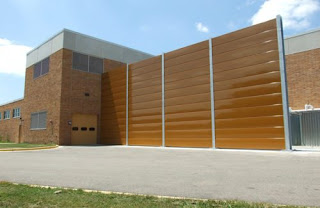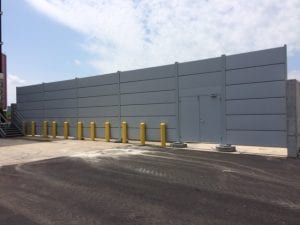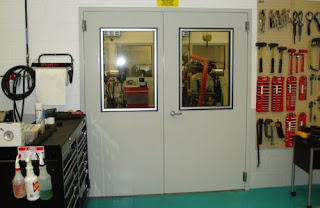Your guide to noise control floor and ceilings
The following post explains everything you should know about to noise control floor that you can implement to make sure that flooring doesn’t have a negative impact on the noise in a building.
What is noise control?
Noise control is a medium of preventing noise like music or voices and impact like footsteps from being carried between rooms in a building.
Why are noise control floors vital?
For many people, having peace and serenity in their workplace or home is a top priority. Moreover, it is also vital in venues like theatres or museums, where extra noise can possibly spoil a performance.
To assist in accomplishing this, there are various measures like ceiling hangers which can be applied to lessen the impact of internal and external noises in the rooms in your home.
Health, safety and building regulations
Sound insulation is vital from a health and safety perception, as under Government guidelines, people have a right to go about normal routine activities free from the distraction of unnecessary noise and distraction. Due to this, employers have a duty to make sure the ceiling and flooring in their premises and offices has sufficient provision for sound control, including resilient ceiling hangers.
Types of noise control floors
There are various ways of controlling the amount of sound transmitted by using flooring, and these include battens, dedicated floor panels, and cradles, that hold both ceiling and flooring in position and aim to restrict the noise amount and impact that is transmitted through the floor.
Selecting the ideal noise control flooring
The flooring type that will help noise control will vary tremendously between buildings, so it is recommendable to consult a flooring expert who will be able to recommend you on the best course of action to take.




Comments
Post a Comment